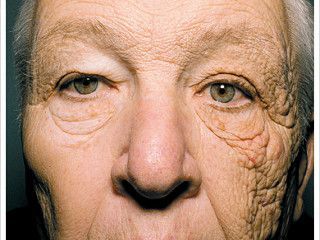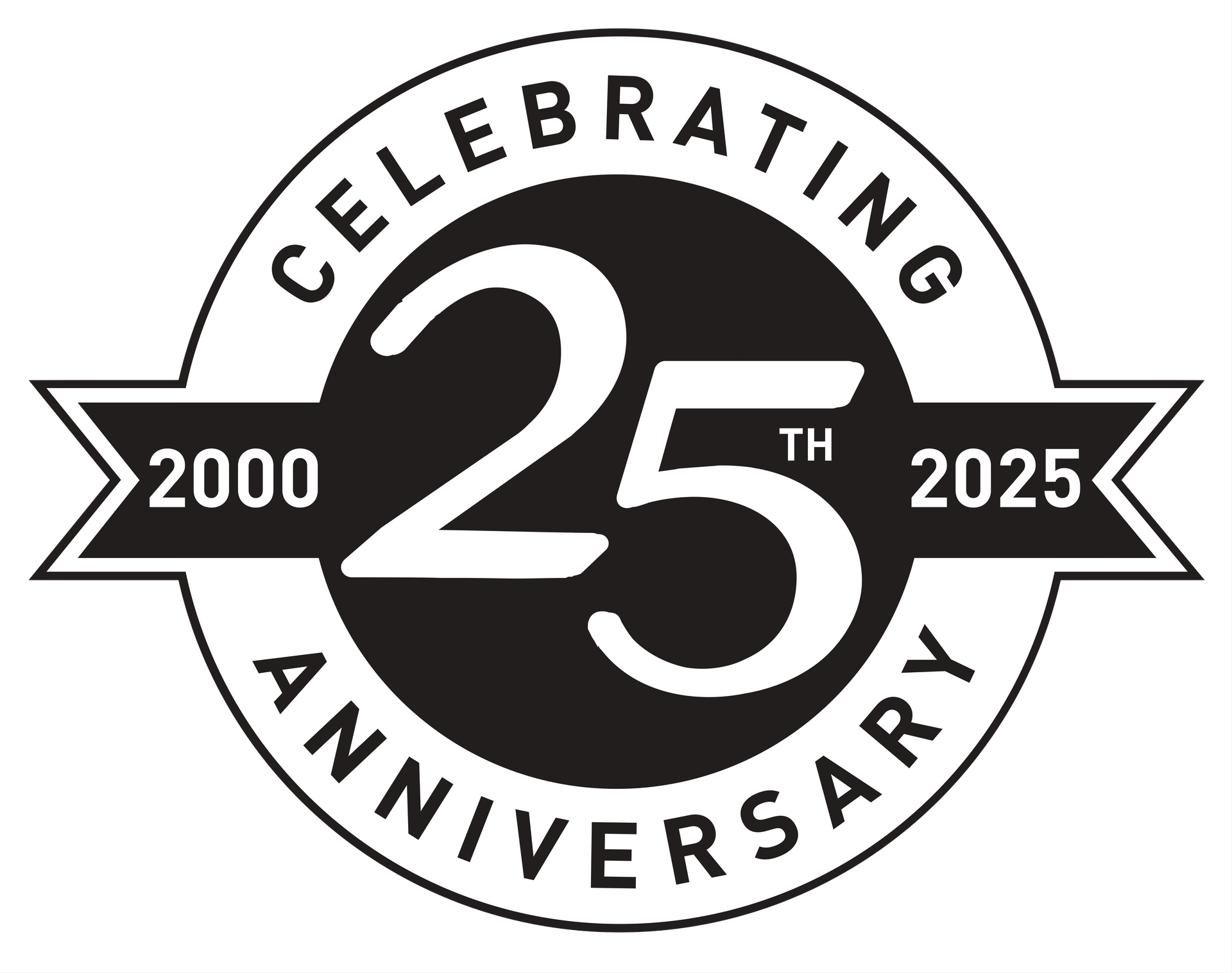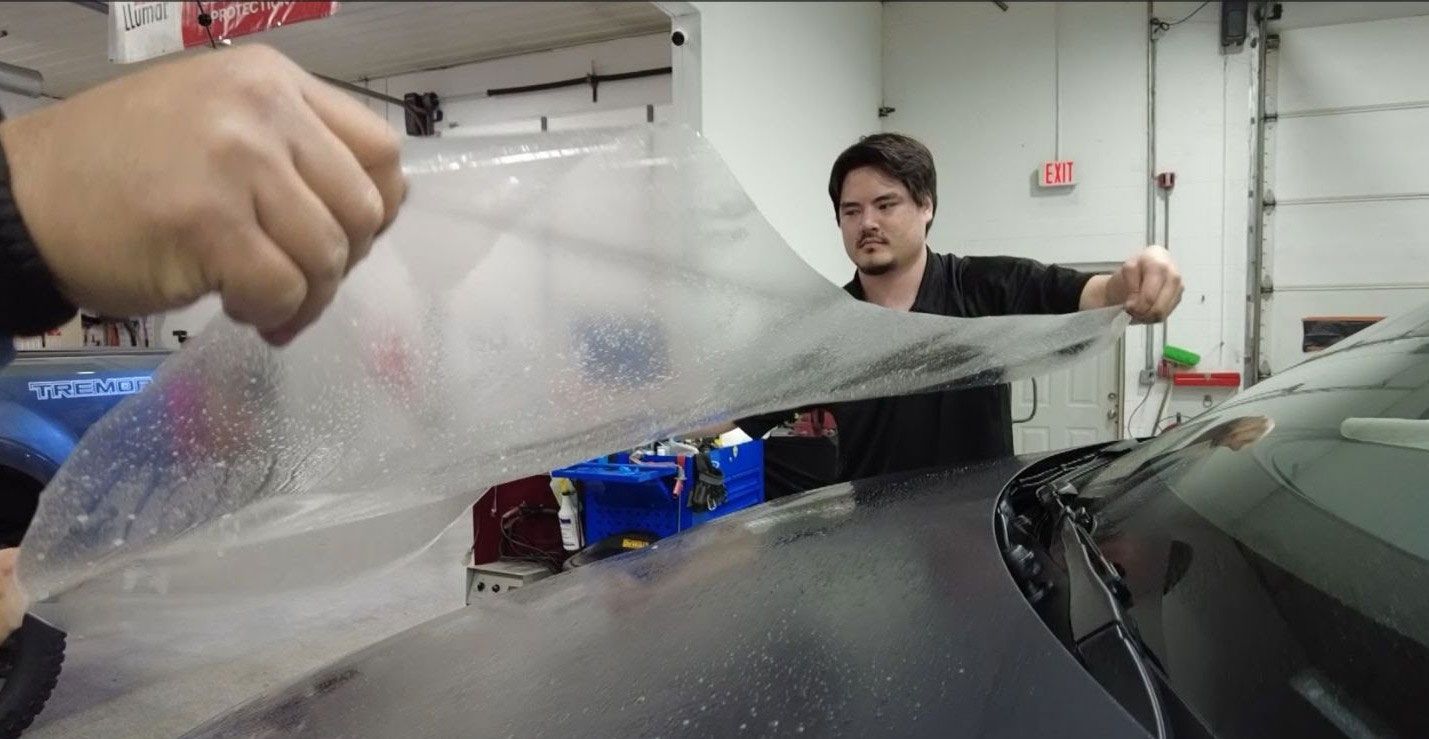
This man’s face is possibly the most compelling argument for wearing sunscreen. Every day, all day, and lots of it. Truck driver Bill McElligott, 69, has unilateral dermatoheliosis, according to The New England Journal of Medicine. Essentially, ultraviolet A (UVA) rays transmitted through the window of his delivery truck have severely damaged the skin on the left side of his face during the 28 years he has spent driving on the job. As a result, the left side of McElligott’s face looks roughly 20 years older than the right, the Toronto Star reports. The difference between the two sides of his face is so pronounced, even medical experts were shocked. “We are used to seeing photo damage by the sun, photo aging, every day, but I was taken aback when I saw how one-sided this was,” said Dr. Jennifer Gordon, a dermatology expert who treated McElligott, in The Daily Telegraph. Driving has been linked to an increased risk of skin cancer due to sun exposure through the windows, which do not filter UVA rays. A study in the Journal of the American Academy of Dermatology concluded more cases involved the left arm and left side of the face, according to the CBC. McElligott’s photo surfaces as Sun Awareness Week heats up in Canada, throwing the spotlight on the dangers of UV damage and indoor tanning, particularly for minors. The Canadian Dermatology Association estimates 5,800 new cases of melanoma will be diagnosed this year, causing 970 deaths, the CBC says. The doctor’s orders for McElligott? Sun protection, topical retinoids, and skin cancer monitoring. Car windows can also be tinted to protect against harmful UV rays , although each province in Canada has its own regulations. Christine Janus, executive director of the Canadian Skin Patient Alliance (CSPA), also suggests prevention is essential. Article from The Huffington Post (http://www.huffingtonpost.ca/2012/06/06/bill-mcelligott-sun-damage_n_1573546.html)

Jimmy Hoppa and Lisa Bryant of WBOC’s ‘Delmarva Living’ recently covered a segment with Sean Streicher interviewing Abe Rodriguez of Accurate Window Tinting. They give you the scoop on why installing window film on your home, business and vehicle is extremely important, and how Accurate Window Tinting can save you money while giving you a product you will be completely satisfied with.





